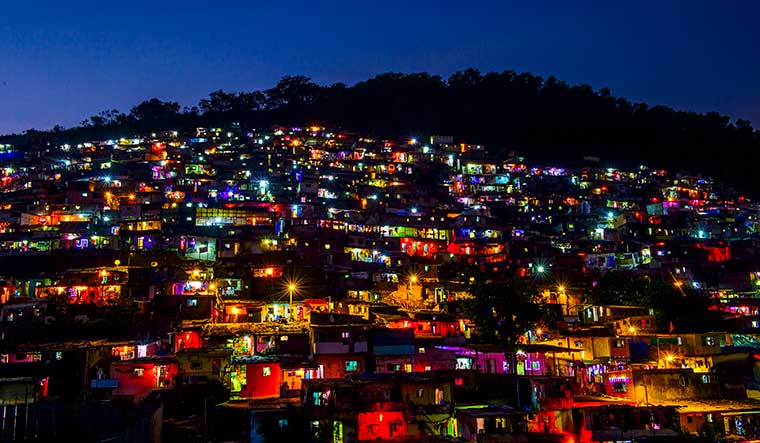Light Pollution Is Taking Sparkle Out Of Nature’s Mating Rituals
Jun 18, 2023 | Pratirodh Bureau
Light generated outside of the natural cycle of the sun and moon can have unwanted effects and is actually a form of pollution. Like other kinds, light pollution can harm animals, particularly nocturnal ones (Representational Image)
The invention of electric light has extended our lives deeper into the night: street lamps help us travel more safely outdoors, while lighting indoors lets us work and play for longer. Entire stadiums are drenched in light so that people can watch sport at night. Even your garden may be lit up to accentuate its finer features.
Light generated outside of the natural cycle of the sun and moon can have unwanted effects, however, and is actually a form of pollution. Like other kinds, light pollution can harm animals, particularly nocturnal ones. Some predators which would otherwise turn in for the day are instead now choosing to hunt after dusk and disrupting entire food webs.
Artificial light at night can have particularly severe consequences for insects. For example, large numbers of moths distracted by the allure of street lighting were discovered to have been neglecting their nocturnal pollinating duties according to one study, with potentially severe consequences for the wider ecosystem.
How some insects are responding to the sudden brightening of their night-time habitat is still poorly understood. Common glow-worms (Lampyris noctiluca) are another nocturnal insect and they use bioluminescent signalling during mating. Female glow-worms stay put and use a chemical reaction to produce green bioluminescence in their abdomen, which attracts flying males.
Several field studies have shown that white light similar to that produced by modern LED street lighting can reduce the numbers of males that manage to find females. My research team and I wanted to find out what’s going on, so we brought glow-worm mating into the lab.
We collected male glow-worms from a meadow near our laboratory. Back in the lab, we transferred each male to a Y-shaped maze in the dark. One arm of the maze contained a green LED that acted as a dummy female. Once the LED was turned on, males typically hurried towards the glow. We then switched on a light that mimicked artificial lighting at night and repeated the experiment.
In darkness, the males could easily find the dummy female. But at the dimmest level of white light we used, which is roughly equivalent to street lighting, just 70% of males found the green LED. This dropped to 21% at the brightest light levels, which equates to the lighting used to illuminate monuments in town squares and parks.
Monitoring male glow-worms in the Y-maze allowed us to examine their behaviour in detail. White light increased the time they took to reach the dummy female: males in darkness took around 48 seconds and about a minute at the lowest level of white light.
Blinded by the light
We also noticed that the males lingered before entering one of the arms when they were exposed to white light. These males spent just 32 seconds on average in the base of the Y-maze in darkness, but this increased to 81 seconds in the brightest white light.
This hesitance may be because the glow-worms were dazzled. The insects retracted their head and compound eyes beneath a shield-like structure on their head when they were exposed to white light. In darkness, the males kept their head beneath the eye shield for just 0.5% of a trial’s duration; this rose to 25% in white light. More than half of the males kept their head shielded throughout the lit trials.
We think the head shield acts like a pair of sunglasses, reducing how much light reaches the eyes. This may not be enough to protect them from the effects of the white light though, as males with their head retracted seemed far less likely to approach a dummy female. This suggests that artificial lighting at night could prevent a male from finding females, not only by making a potential mate’s bioluminescent signal harder to detect, but also by stunning them into stasis.
These sorts of detailed experiments into insect behaviour help us understand what glow-worms go through as a result of artificial lighting at night, complementing ecological studies that have been done in the field. Both lines of evidence tell us that reducing light pollution by installing covers on street lights or changing the wavelengths of light they emit can help insects go about their lives at night as we continue to go about ours.
(Published under Creative Commons from The Conversation)
